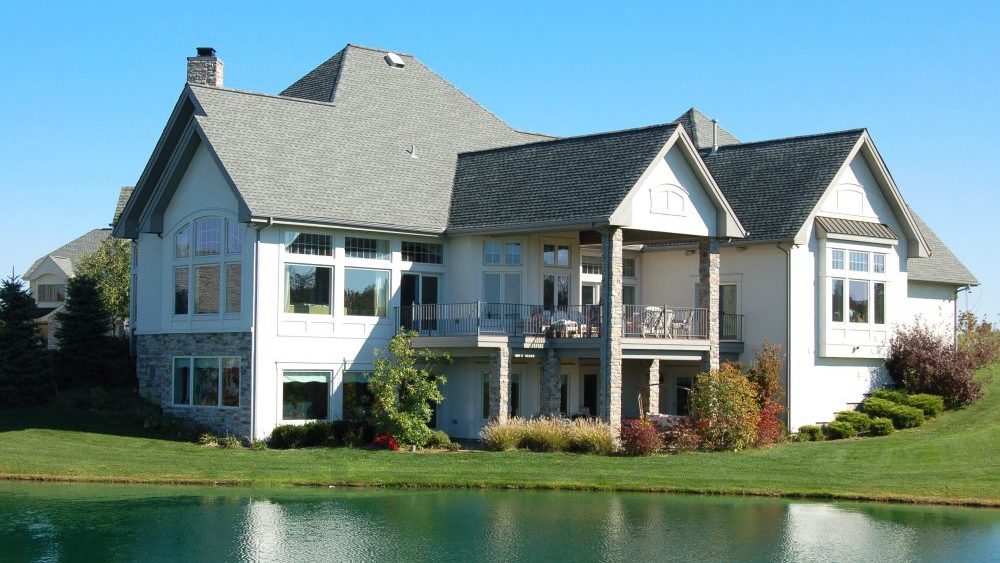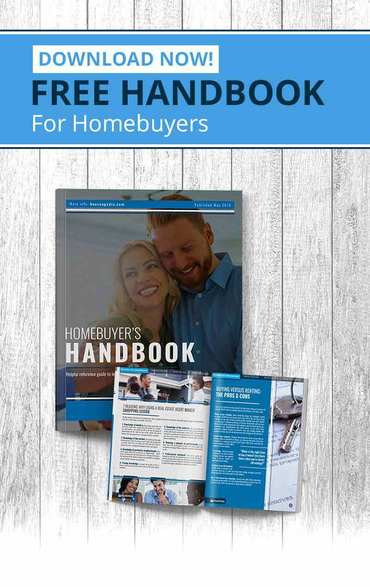If you’re in the market for a house with a pond, you’ve got a lot of homework to do before making an offer to purchase. Government regulations, potential flooding, safety issues and added costs are among the concerns that need to be addressed by a prospective buyer.
Safety first. Living near a pond is most definitely a safety issue for families with young children or families who may have frequent visits by youngsters. Is it feasible to build a fence to separate the pond from the house? What other safety measures and mechanisms would need to be put in place?
Flooding concerns. If the pond is close to the house, prospective buyers should ask whether flooding has ever occurred during periods of heavy rain. If the source of water is a creek or stream, check with the Federal Emergency Management Agency to determine if the property is in a floodplain.
What is the water source? The pond may have been created by damming a creek or forming earthen berms into a basin and allowing natural waters to fill it. There should be a spillway at the dam to allow excess water to run off.
Some ponds are seasonal, fed during rainy seasons, but low or dry the rest of the year. Some landowners dig a well nearby with either a solar- or wind-powered pump that feeds water to the pond as needed. This is common on farms and ranches where livestock need reliable drinking water.
If you’re a fisherman, you’ll also want to know the pond’s typical levels during the dry season.
Government regulations. Check with local and state government officials to see what environmental regulations govern the use of chemicals needed to control any unwanted vegetation. There may also be rules regarding the type of fish you may stock in the pond if the water source is a creek or stream.
About that unwanted vegetation. Algae, duckweed, cattails and other invasive plants will find their way into a pond, especially if the water supply is a natural creek. Some of this vegetation can overwhelm the pond and require controlling with either chemicals or fish species such as carp.
Wildlife control. Owners may want to stock their pond with fish or may need to replenish some species at times. This will require a delicate balance of fish species, from small to large. Too much of one or the other and the surviving species will suffer. Carp may be needed to keep vegetation under control, but there needs to be some vegetation to give smaller species places to hide from larger, predatory fish.
Depending on your region of the country, you may also see muskrat, beavers, snakes and other wildlife, which may need trapping and removal. Mosquitoes may also be a problem.
An added expense. Addressing pond maintenance is likely to be an ongoing expense. Is it something you can afford? Homeowners insurance will also be significantly higher because of liability issues.


